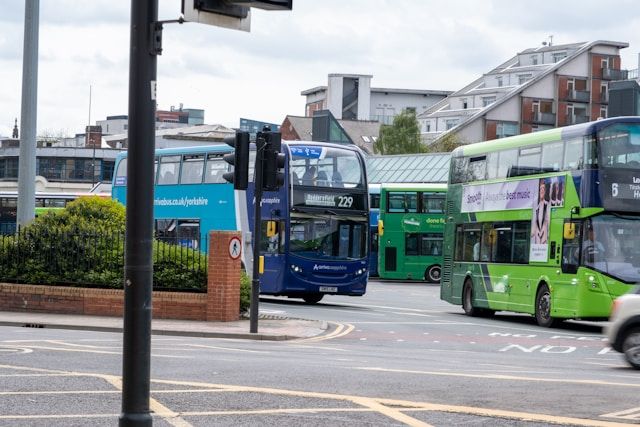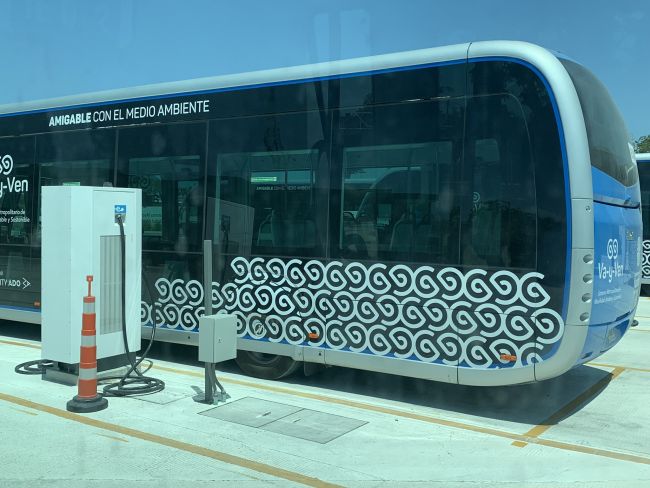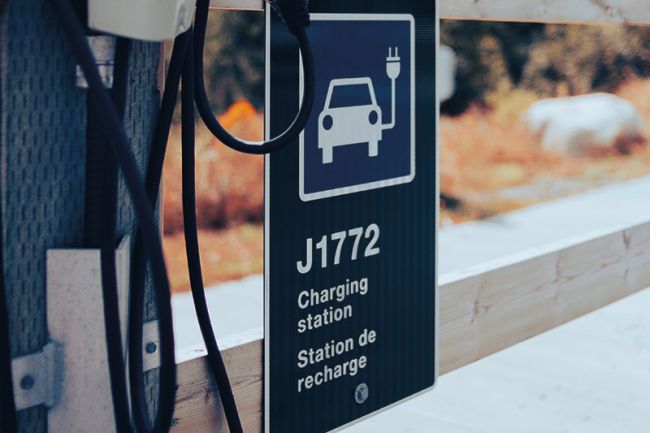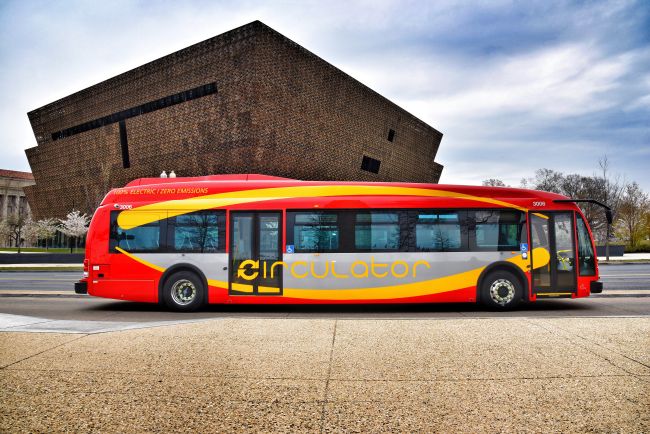Shifting focus: Why we need to forecast charging infrastructure for commercial EVs
When it comes to EVs it’s been private cars that have dominated the headlines so far, but they’re really only half the story.
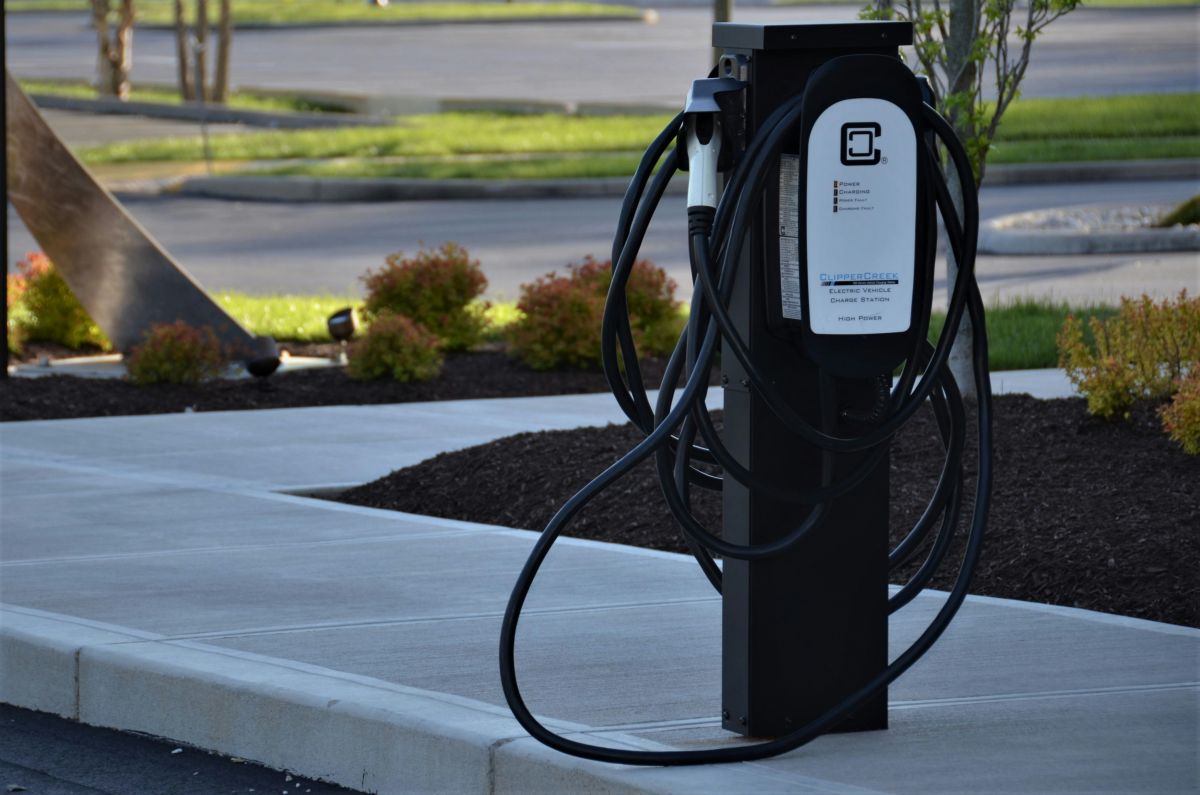
When it comes to electric vehicles (EVs) and our pathway to Net Zero, it’s been private cars that have dominated the headlines so far, but they’re really only half the story.
What about the vans, lorries, buses, coaches and personal hire vehicles (e.g., taxis and Ubers, etc.) that make up 15% of units on British roads?
Though relatively small in number, commercial vehicles will play an outsized role in our national carbon emissions reduction accounting for 25% of miles travelled and over 40% of emissions. By the time we reach 100% electrification of the UK’s road transport, commercial vehicles should account for nearly half of energy supply.

So, electrification of the nation’s commercial vehicles promise tremendous ecological and sustainability benefits. Unfortunately, even despite the compelling influence of the UK’s ZEV Mandate on e-Van uptake, commercial fleet operators are challenged to find charging solution that accommodates their vehicle operations. Significant effort will need to go into ensuring adequate and well-placed charging facilities to accommodate commercial fleet operations.
At the recent MOVE 2024 conference, Transport for the South East (TfSE) presented ‘Projecting Charging Demand from Commercial Fleets’ a view into Steer’s groundbreaking work in collaboration with Mitie.
Our task, as part of a working group that included fleet operators, local authorities and professional transport bodies, was to create the model by which TfSE and each of its 16 constituent Local Authorities will anticipate when and where demand for EV charging will emerge from commercial fleet operators and what types of infrastructure they’ll be seeking whether it be fast AC charging, rapid DC or ultra-rapid DC.
To use the example of vans, though they are only 10% of all vehicles, they will ultimately consume 25% of all energy demanded for road transport. The usual paradigm offered - of a vehicle going out to work during the day and parking/charging at the depot overnight – does not apply to most vans, which usually go home with their drivers every night.
Neither private “at-home” charging nor public on-street charging solutions really work for commercial vans as:
- Fewer commercial drivers will have access to private “at home” parking/charging facilities
- Commercial vans are often too large for most private driveways or public parking/charging facilities and
- Commercial drivers need a charge when they need it and typically can’t rely on the availability of “home adjacent” public charging.
Without access to home charging or public on-street charging, fleet operators are in a bind.
To facilitate the electrification of commercial fleet operations, understanding where and when demand will emerge and what types of charging infrastructure will be demanded is therefore a critical and complex business. Investment in and development of public charging resources to accommodate e-Commercial vehicles involves da deep dive into how these vehicles operate and where they go.
The innovation of our approach reflects a synthesis of government data with actual vehicle telemetry and robust engagement with fleet operators (including the SME and sole traders that operate the lion’s share of commercial vehicles) as well as transport experts within the local authorities and professional bodies such as the Association of Fleet Professionals, Logistics UK SMMT, the Road Haulage Association and BVRLA.
This deeper and more deliberate dive into the distribution of commercial vehicles around the country and their travel patterns is pioneering in interpreting the investment required in public charging resources to accommodate demand from commercial fleets.
Commercial drivers need access to convenient, available, rapid/ultra charging resources. While commercial fleet operators can’t adopt EV without a robust public charging network, investors can’t develop such charging resources without knowing when and where demand will emerge.
Our engagement with TfSE starts to open that black box, assisting local authorities in developing commercially viable public EV charging projects to attract private investment and facilitate the electrification of our nation’s commercial vehicle sector.


